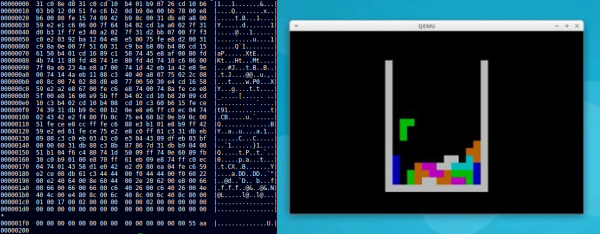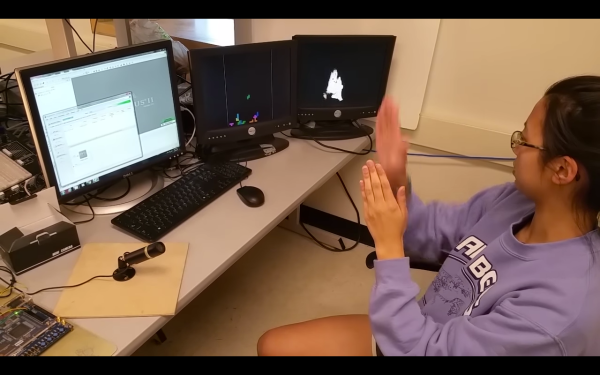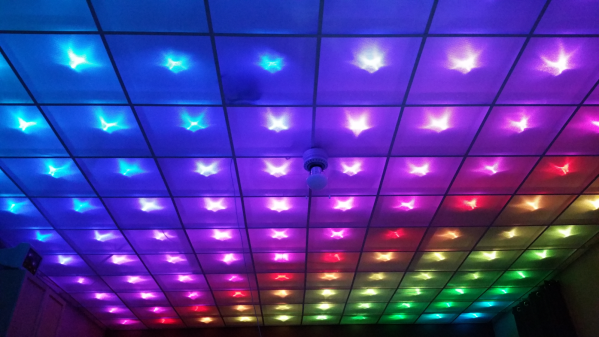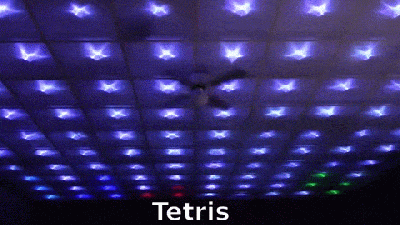No hackspace is complete without an arcade game project or two. Usually these projects are time-worn generic cabinets scarred by the frustrated kicks of a million teenagers, the decades-old Japanese CRT monitors inside of which are ready to shuffle off this mortal coil. You are lucky if you catch them on a rare moment of functioning, and their owners are always hovering ready to attend to any soon-to-expire electronics.
York Hackspace have done things a little differently though. Their member [John] has an arcade game project, but instead of an aged cabinet he’s produced his own tabletop game with an array of multicolour addressable LED strips powered by a Raspberry Pi. Each LED sits in its own foam cell under the translucent surface, so it forms a low resolution color block display.
It’s a Tetris game in its first incarnation, but there is also a copy of Snake underway for it. If it catches your attention you can write your own games, because all its resources are available in a GitHub repository.
This is one of many Tetris interfaces we’ve seen over the years. Largest was probably this skyscraper, but this oscilloscope version is particularly well-executed. One of our most recent forays into Tetris-land though is also one of the most technically interesting, a 446-byte implementation in a master boot record.







 Disco Floor’s are passé. [dennis1a4] turned them upside down and built an awesome
Disco Floor’s are passé. [dennis1a4] turned them upside down and built an awesome  The hard part was wiring up all of the 160 LED pixels. Instead of mounting the 5050 SMD LED’s on PCBs, [dennis1a4] wired them all up “dead bug” style. Each pixel has one LED, a 100nF decoupling capacitor, and 91 ohm resistors in series with the Data In and Data Out pins – these apparently help prevent ‘ringing’ on the data bus. Check the video for his radical soldering method. Each SMD LED was clamped in a machine shop vice, and the other three parts with their leads preformed were soldered directly to the LED pins.
The hard part was wiring up all of the 160 LED pixels. Instead of mounting the 5050 SMD LED’s on PCBs, [dennis1a4] wired them all up “dead bug” style. Each pixel has one LED, a 100nF decoupling capacitor, and 91 ohm resistors in series with the Data In and Data Out pins – these apparently help prevent ‘ringing’ on the data bus. Check the video for his radical soldering method. Each SMD LED was clamped in a machine shop vice, and the other three parts with their leads preformed were soldered directly to the LED pins.









